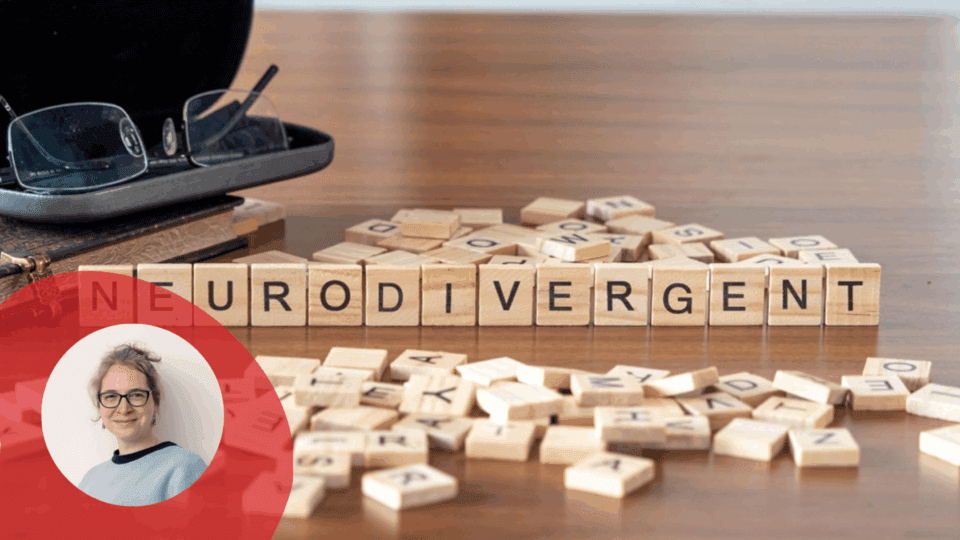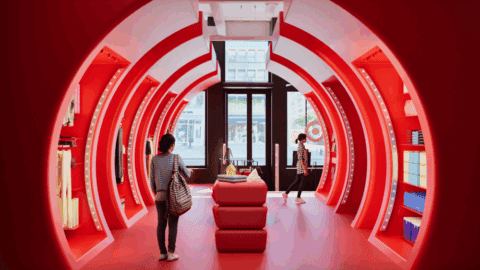15% to 20% of the global population is said to be neurodivergent. Though variations still exist from country to country, and even between organizations, as to the conditions the term “neurodivergence” encompasses, all data, regardless of location or institute, comes back with this same resounding result: 1 in 5 people in the world can be considered neurodivergent
A Growing yet Under-Considered Population
This number is further projected to grow in the coming decades. Technology, genetics, diet and evolving ways of life are just a few of the causes naturally leading our bodies to evolve, also including in how our brains function.
Of course, this topic hasn’t completely gone unnoticed. We are all familiar with the autism spectrum, ADHD, PTSD and some of the other conditions associated with the term “neurodivergence.”
What is interesting to note, however, is that this umbrella term, referring to “people with variations in their mental functions,” (World Economic Forum), is itself still often less utilized. Why? From what I have seen, either people are unfamiliar with it, pretend to understand it to avoid looking dumb or dismiss it as “a fad”. At times, it even appears there is some unease, and in some contexts a taboo around the term “neurodivergence” and everything that relates to it.
Where does this lead us in retail? My experience: the lack of understanding and/or unease from the general population gives retailers the impression that there is no interest in the topic, in turn leading most of these to ignore it. After all, why take the “risk” (in their eyes) of addressing what appears to be such a touchy subject?
How Physical Stores are Currently Alienating this Audience
Why tackle neurodivergence if the general public doesn’t seem to care? Because your physical stores, as they stand today, may actually be pushing away the growing population of neurodivergent individuals. And may I remind you this is already one in five of your customers!
Neurodivergent individuals experience the world differently, each in their own unique way. Simply put, they do not process external stimuli the way neurotypicals do. Though some may not have the ability to experience certain stimuli at all, a recurring trait in most neurodivergent individuals is that they actually experience stimuli much more intensely. Whereas a neurotypical brain will generate a few thoughts when faced with a single stimulus, a neurodivergent brain may generate 10X or more thoughts. And this is with only ONE stimulus.

Another common trait is the inability to block out stimuli to focus on just one. Thus, as neurodivergent individuals enter a space comprising a multitude of stimuli, they will fully experience them ALL AT ONCE, which will generate an impressive number of thoughts in response. This can easily lead to feelings of anxiety and exhaustion.
Let me illustrate with a very personal example. As an experienced retail designer, I simply LOVE visiting stores. Yet there is one format I very much struggle with: department stores. Why? Because to this day, the entrances to most “traditional” department stores go through the beauty department.
As I enter, I am submerged with information. First, I must acclimatize myself to a new environment: I need to try and understand the space, how it’s organized, where I want to go. At the same time, I am faced with countless product presentations, creating a visual overload for my neurodivergent mind. There are also many sounds to take in from customers, staff, announcements, mood music, escalators, etc.
And as if this wasn’t enough, I am also bombarded with what feels like hundreds of smells at the same time. It’s all simply overwhelming. Just thinking and writing about it now makes me anxious. The result: I avoid putting myself in this type of context!
And I am not alone in this. Many neurodivergent individuals exhibit avoidance or fleeing mechanisms towards physical stores, because these so often offer too much information to handle at once.
What’s more, the number of information-intensive retail spaces is only growing. We are currently seeing a push for more experiential spaces AND more digital integration in physical stores. As a retail designer, I love it! As a neurodivergent, I am seriously concerned! Will the customer in me be able to handle more stimulation? And as a retail designer, how do I feel about designing spaces I know many of my peers may not feel comfortable in?
The Way Forward
So what’s the solution? Is it impossible to create experiential stores where neurodivergent individuals feel comfortable? My combined professional and academic experience looking at how to design valuable in-store experiences leads me to answer a very reassuring NO: Neuroinclusive does not rule out experiential! It’s all about thinking things through.
For those who may be interested, I will dig further into this topic as part of my upcoming masterclass on “inclusive leadership and design” offered by Worthy Retail’s Campus masterclasses.
For now, I would simply challenge you to take a first step in your neuroinclusive retail journey by acknowledging the issue: What are your and your organization’s current approaches to neurodivergence? And which practices do you have in place to create neuroinclusive retail spaces?
You may perhaps still be wondering what the added value of such an approach to YOU specifically would be, so allow me to explicitly list out key benefits. First, the 20% of your customers who are concerned will finally feel seen and accepted.
Additionally, because few retailers are actively tackling this matter, your stores will stand out. Whether customers experience it knowingly or not, the added comfort in a visit to YOUR store will lead them to choose you over the competition. By being the first to lead this change, you thus not only hold it in your hands to enhance your brand/customer relationship and boost customer loyalty, but also to grab market share. Clear benefits for your organization.
But beyond this, in my humble eyes, there is here a unique opportunity for the retail sector to bring a positive change to society. Commerce still so often has a negative reputation, and yet research has repeatedly shown what a positive impact it can have, not only on the economy but also on the urban landscape, on city and community building and, most important in my mind, on individual and communal wellbeing.
As a sector naturally engrossed with innovation it also holds the power to lead the way for change, not only for products and trends but for more meaningful causes such as this one. Our sector can, and actually should, use this power to brush away the current unease associated with neurodivergence and instead educate the population on it. By integrating neuroinclusive considerations in our retail practices, we can normalize these and pave the way for a more inclusive, future-proof and happy society.
So, who’s ready to join me on this mission of “retail with a conscience”?
Elisa Servais, PhD, is a retail design expert combining 12+ years of practice in Shanghai, London and Brussels with six years in academia, researching and teaching this specific discipline. Her doctoral thesis focused on gaining a better understanding of valuable in-store experiences with a focus of gathering insights on how to better design these. She currently offers various consultancy services with a combined goal of sharing her passion, expertise and call for a more strategy-driven, holistic, omnichannel, collaborative and inclusive approach to retail design practices with as wide an audience as possible.








